Water supply remains a pipe dream for women of Jharkhand’s Jharia
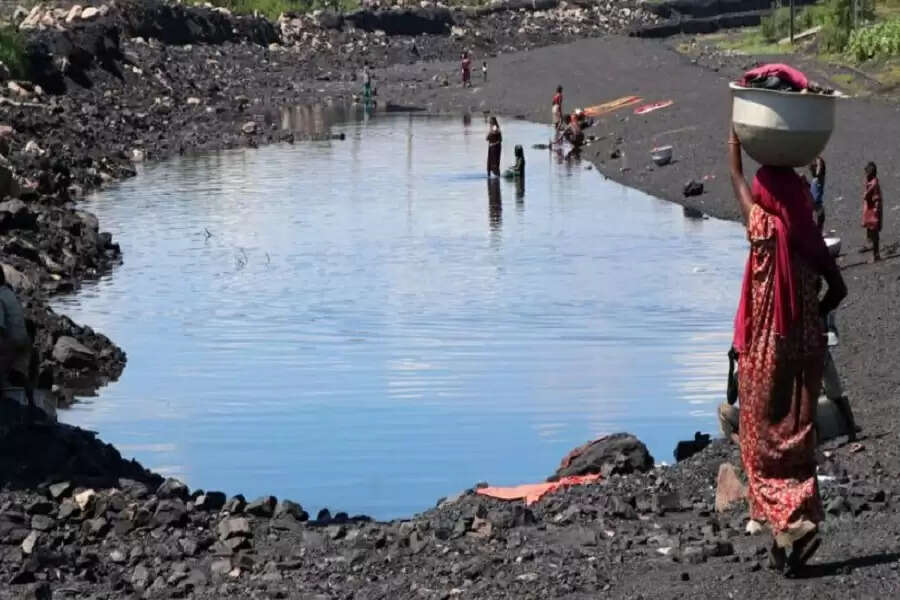 Jharia, Jharkhand: “I was very happy when my marriage was fixed to a person living in Jharia town of urban Dhanbad. I thought I would lead a comfortable life. But now, I can say we are far better off in our village in Bihar in terms of basic amenities,” says Anju Devi (25), who shifted to Baniahir Colony after her marriage four years ago.Women take multiple trips to get water from pond as leaky pipelines, defunct hand pumps and inordinate delays in installing new supply infrastructure hit them hard
Jharia, Jharkhand: “I was very happy when my marriage was fixed to a person living in Jharia town of urban Dhanbad. I thought I would lead a comfortable life. But now, I can say we are far better off in our village in Bihar in terms of basic amenities,” says Anju Devi (25), who shifted to Baniahir Colony after her marriage four years ago.Women take multiple trips to get water from pond as leaky pipelines, defunct hand pumps and inordinate delays in installing new supply infrastructure hit them hardAnju and other women wake up at 4 am for the first of their many trips to the pond, their only source of water located one km away. As men in the household leave for work in the morning, both breakfast and lunch need to be prepared early. Without water, everything comes to a standstill.
“As a newly-wed, my in-laws arranged water for me in the first few months. But pretty soon, it became clear that I will have to step out. In less than a year of marriage, I joined the other women of the family in bringing water,” Anju tells 101Reporters.
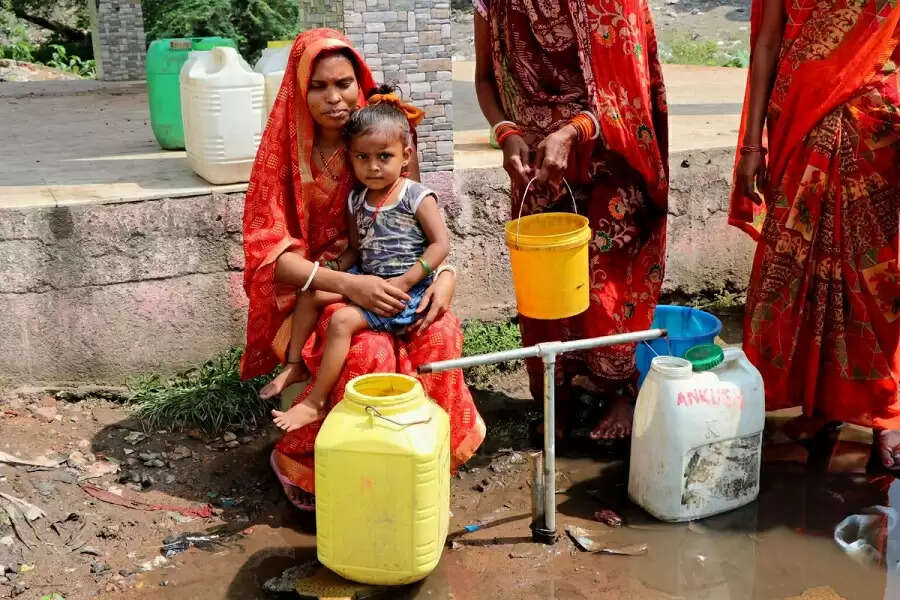
Anju Devi, a resident of Baniahir locality of Jharia at public water standpost alon with her three-year old(Photo: Shabbir Hussain) Though not a pleasant experience with passersby eyeing them, many women take bath at the pond and wash their clothes there to avoid the tiresome work of taking water home. “There is no other option. This is the only practical solution,” says Anju, who carries her three-year-old daughter in her arms all along.
“The days I am unwell, my husband has to fetch water. It means he will miss a day of work, which translates into loss of a day’s income,” says Anju, whose husband Vikash Ravidas (32) works as a daily wage labourer and earns around Rs 350 per day.
Mala Devi (45), a vegetable vendor and sole breadwinner of her family of three schoolgoing children, says, “If I do not have to spend three to four hours daily just getting water, I would have been able to earn more by making more rounds of colonies or by spending more time on farming.”
“Many women in the locality supplement their income by working as domestic help or in shops. However, their primary tasks are household chores and fetching of water. We spend a lot of time and energy on getting water, which affects our ability to earn a living,” says Manju Devi (43) of Baniahir. She cultivates vegetables and sells the surplus in local markets.
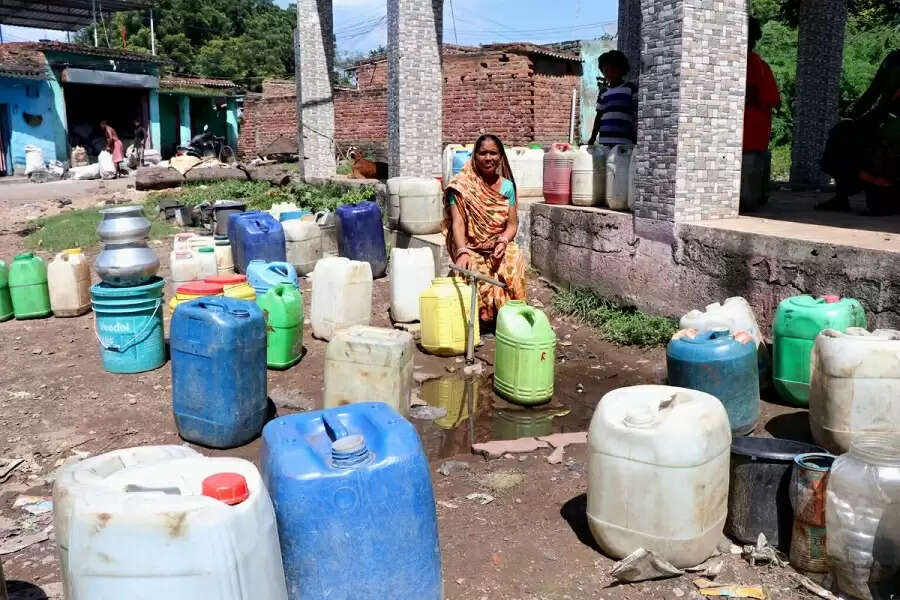
Buckets and pots at the site of the water standpost in Baniahir colony, Jharia, Jharkhand (Photo: Shabbir Hussain) 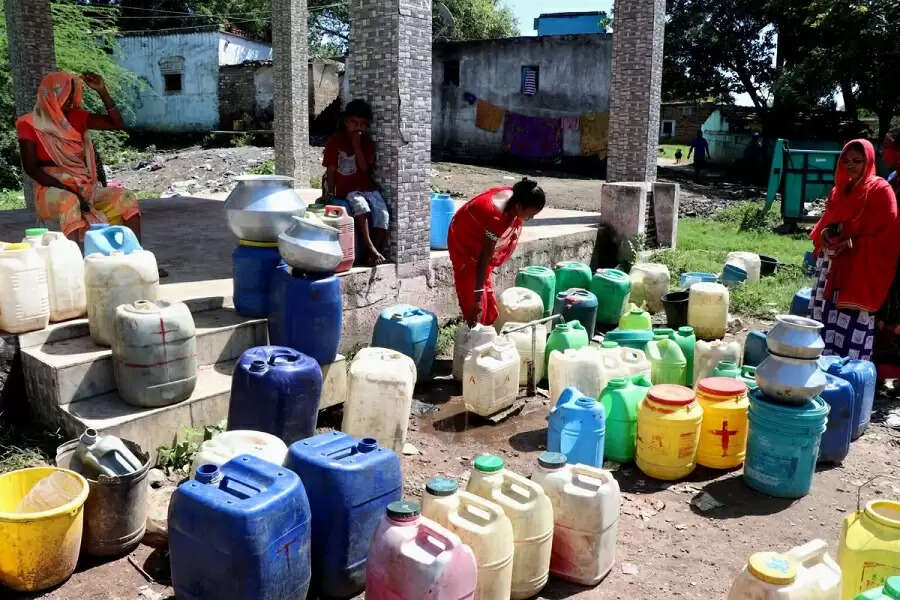
Buckets and pots at the site of the water standpost in Baniahir colony, Jharia, Jharkhand (Photo: Shabbir Hussain) “When hard-pressed for time, I sometimes take my children’s help, which eats into their study time,” adds Manju, who came here after her marriage 22 years ago. “The situation remains the same since then. The only solace now is that there is a pond in the locality. It was dug around a decade ago. Before that, we used to walk around 3 km to get water,” she recalls.
“The area is known for its water crisis now. Nobody in nearby towns wants to marry their daughters to the boys in the locality,” sighs Manju.
Unkept promises
Baniahir colony is a backward area, where 110 of the total 150 households have Dalit residents, and the rest have Muslims. Its location near a mine contributes immensely to the abysmal groundwater level. Even the pond in the area is not replenished with groundwater. It is fed by water spillage from the main supply pipeline laid by the civic body, Jharkhand Mineral Area Development Authority (JMADA).
Since most of the residents are labourers at construction sites or wholesale markets, they cannot afford water connections from the JMADA directly to their homes.
“There are no wells here. Of the three hand pumps, two do not work. The functional one dispenses dirty mine pit water unsuitable for drinking. Yet, residents use it for household chores,” Prem Bachchan Das (53), the president of Jharkhand Rickshaw Mazdoor Sangh, tells 101Reporters.
The supply from JMADA water standpost is so erratic that at times people have to queue up in the middle of the night. Most often, it ends up in verbal and physical fights with people jostling for their share.
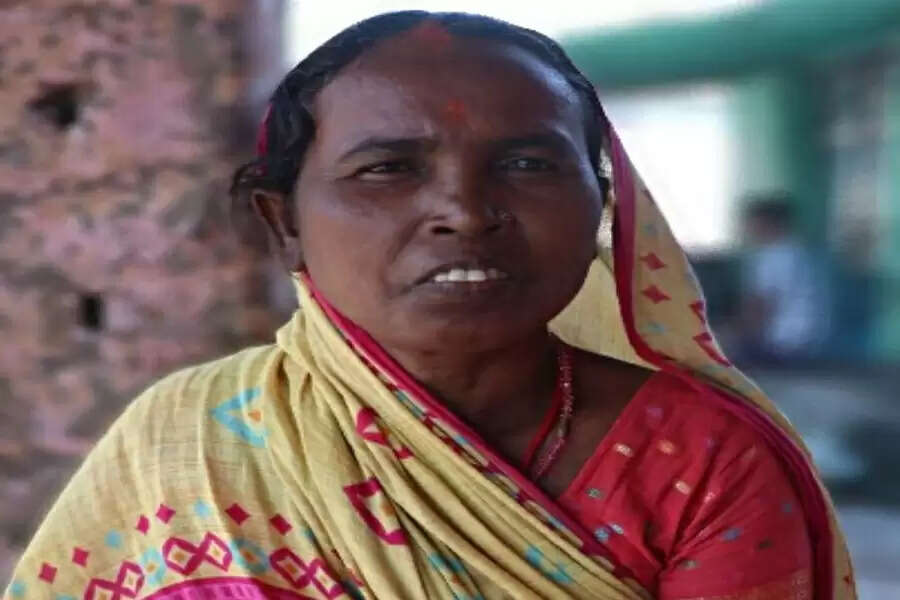
Asmania Devi, a resident of Deepu Dhaura locality of Jharia (Photo: Shabbir Hussain) “A few families who have taken JMADA tap water connections are also not better off. Due to leakages in the pipeline laid over 50 years ago, the pressure is very low. Water comes for less than half an hour every alternate day or so,” he adds, while alleging that some individuals have taken advantage of the situation by funnelling out water from the main JMADA pipeline. “This water is filled up in tankers and sold in areas with crisis for Rs 10 per gallon,” he says.
Claiming that politicians come to the colony only during elections, Das says they raised the issue before all those who came to seek votes during the last Assembly elections. It has been three years now, and their promises to fix the problem remain unfulfilled.
Meanwhile, Jai Kumar, the councillor of Jharia’s ward number 38 under which Baniahir falls, admits that the water crisis is prevalent in most parts of Jharia, though Jal Jeevan Mission has been implemented in different wards of the coal town as per government records.
“There are areas where water supply could be easily ensured by the new L&T infrastructure under the Jawaharlal Nehru National Urban Renewal Mission, but it has been delayed as old water supply pipelines have not been replaced. Our repeated requests to the authorities concerned have fallen on deaf ears,” says Kumar.
The Dhanbad Municipal Corporation is executing the Rs 317-crore project, utilising the District Mineral Foundation Trust fund, to lay a new water treatment plant as well as intake wells, water tanks and pipelines. “Due to delays, it is unlikely to be completed by the year-end or even next year," informs Kumar.
Ironically, the project has been lagging behind by about 16 months. Its foundation stone was laid in October 2019, with the completion deadline set for May last year.
Baniahir no exception
In Deepu Dhaura, located 3 km from Baniahir, the water crisis is so intense that some people get the opportunity to take a bath only once a week.
“We have to walk more than 1.5 km to Kujama to get water from a public tap. The rush is such that we hardly get water in a bucket or two. Sometimes, we end up purchasing drinking water. So, you can imagine how hard it is to find water to cleanse oneself or for household chores. Many people end up using water from ditches,” says Kiran Devi (22), a homemaker.
Asmania Devi (47) says she sometimes goes near the mine site to take a bath in pit water. For drinking purposes, there is no other option but to buy from water vendors. The daily expenses of her family is around Rs 200, out of which Rs 10 is spent per day for procuring water.
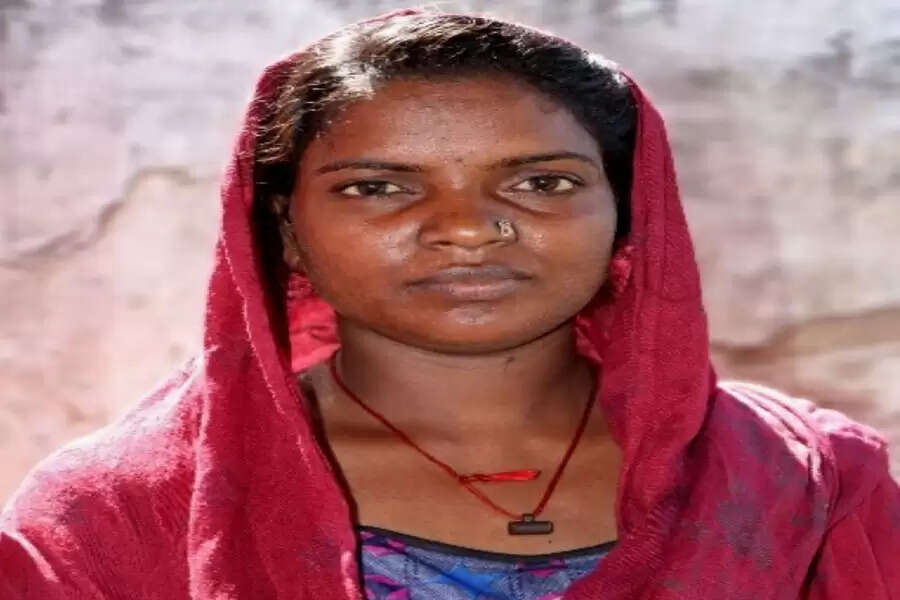
Kiran Devi, a resident of Deepu Dhaura locality of Jharia (Photo: Shabbir Hussain) Ward number 37 former councillor Anup Sao says the basic problem affecting around five lakh residents of Jharia lies with the old water supply infrastructure of JMADA. "We have raised the issue with all relevant authorities, including the JMADA officers, district administration and people's representatives. But the problem is yet to be addressed for reasons best known to them.”
In colliery areas, the only source of drinking water is the JMADA supply from the Damodar. Pankaj Kumar Jha, Sub Divisional Officer of Water Supply Division, JMADA, says, “Leakages in the pipeline or motor burnouts disrupt water supply. We try to respond to such complaints as quickly as possible."
He expresses hope that the water crisis would be largely resolved within a year of the new infrastructure coming into existence. More water connections may be allotted in existing as well as new areas once the new facilities are up and running.
Edited by Tanya Shrivastava
This story is part of our series — Women & Water, which aims to cover the impact of water unavailability and contaminated water on women.
The cover image captured by Shabbir Hussain is of a small ditch like waterbody situated in the vicinity of a coal dump in Deepu Dhaura locality of Jharia; the dirty water is used by local residents for household chores.
(Praduman Choubey is a Dhanbad-based journalist and a member of 101Reporters, a pan-India network of freelance reporters)
